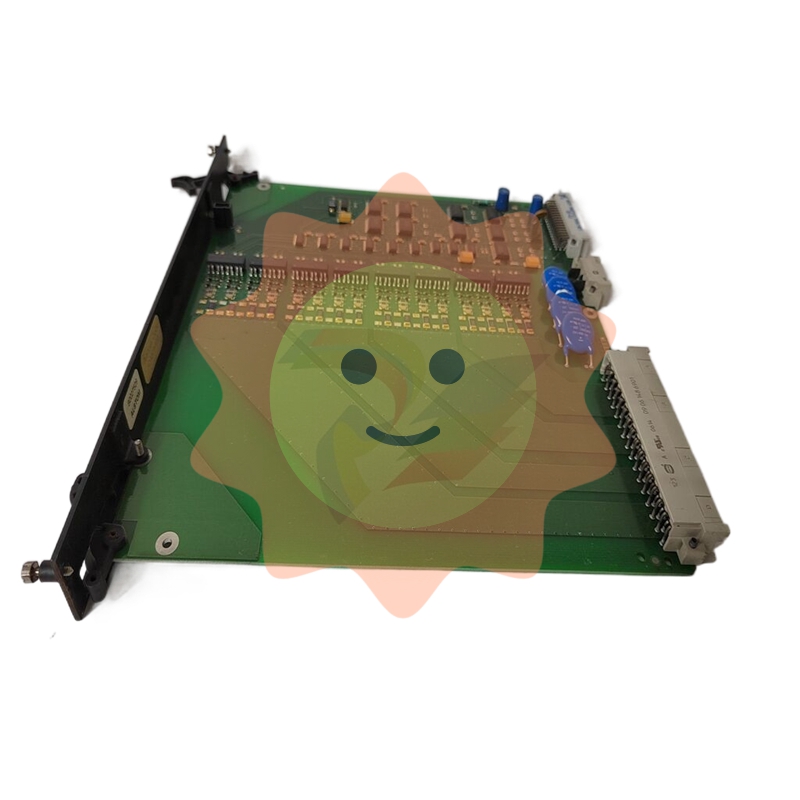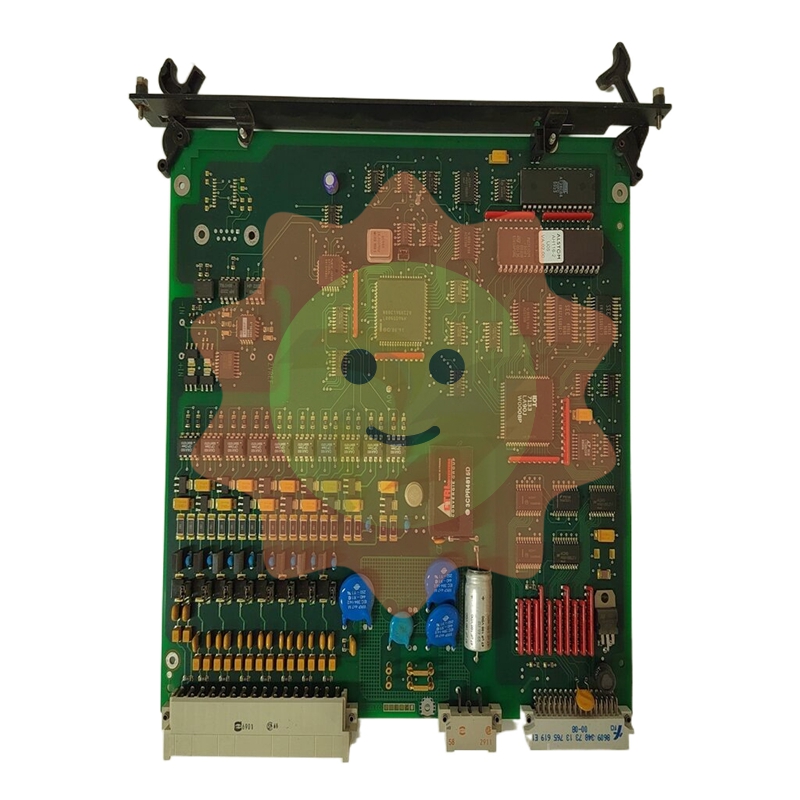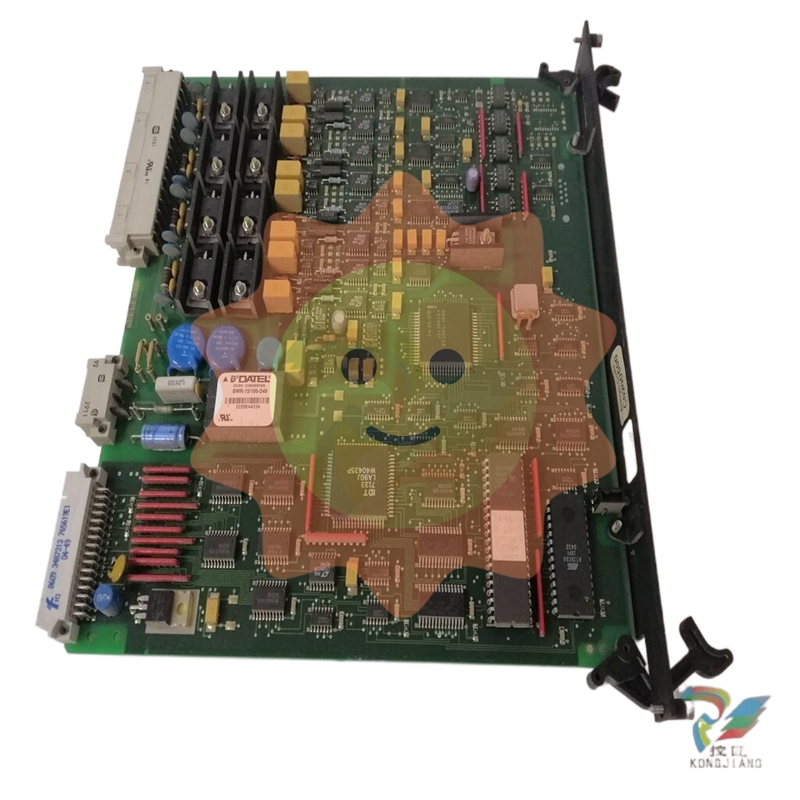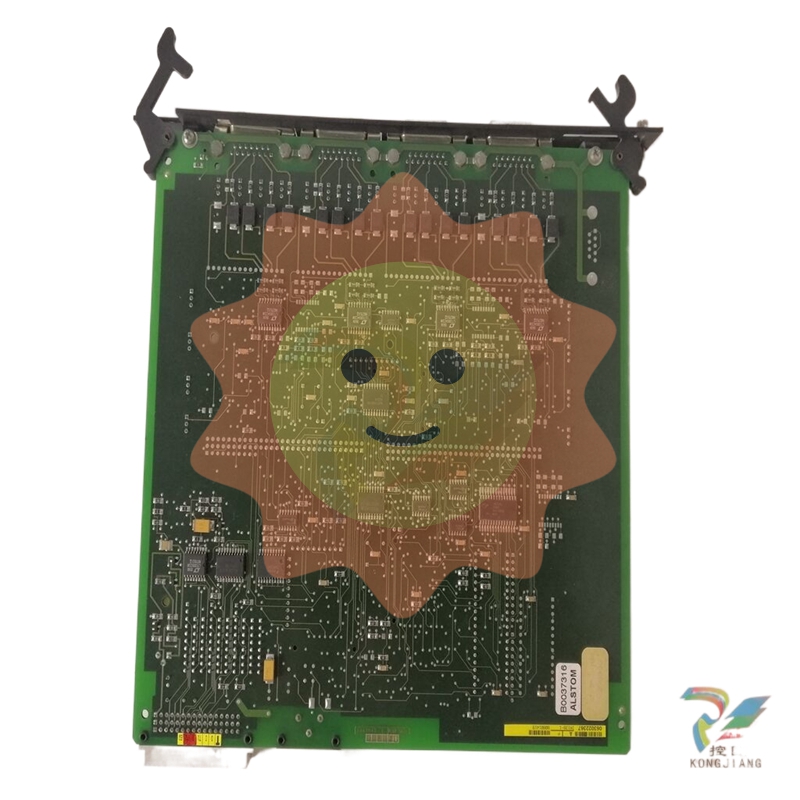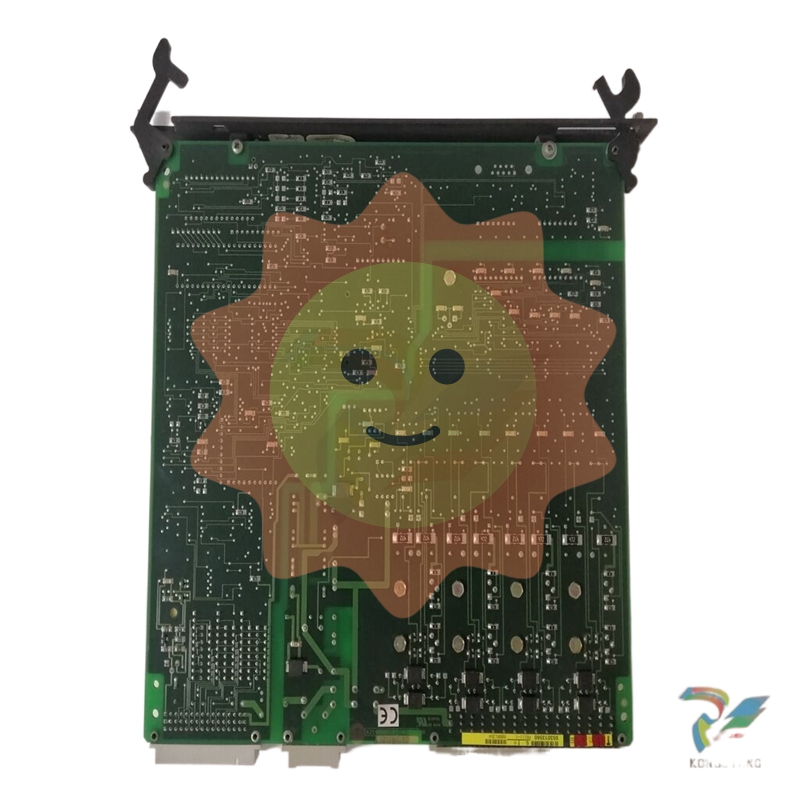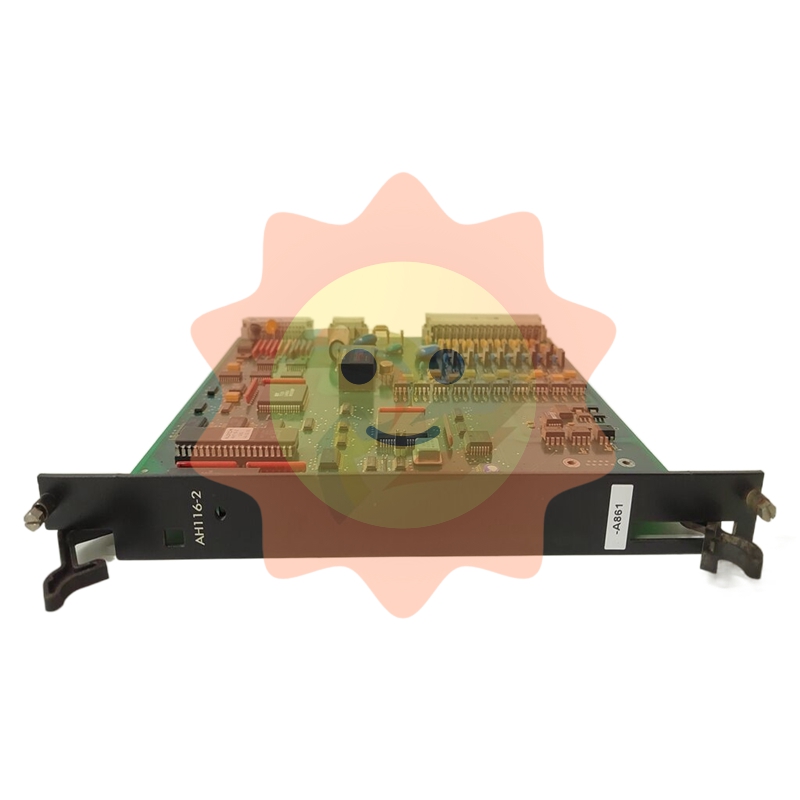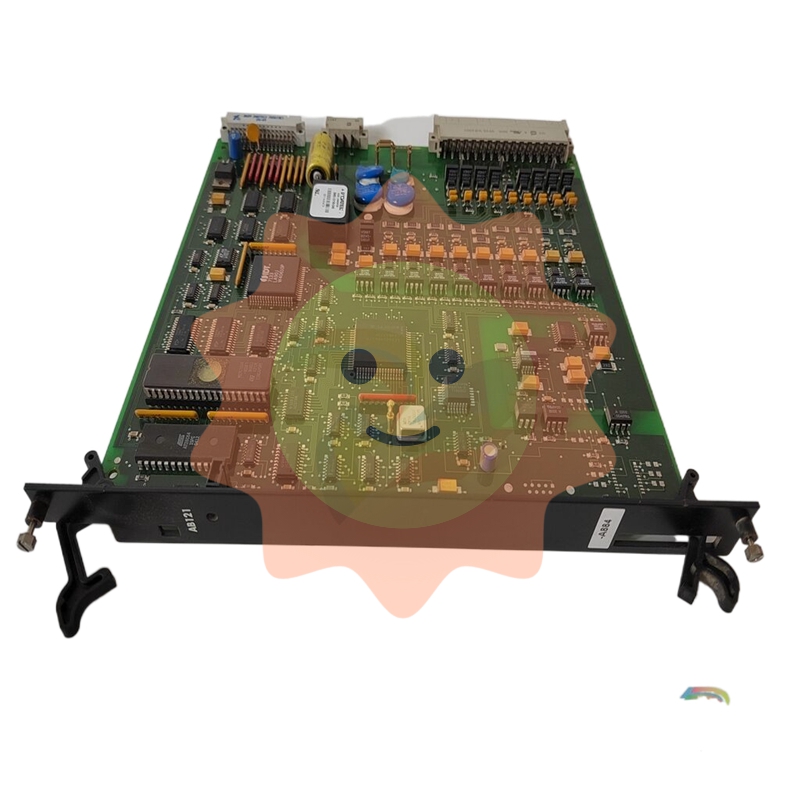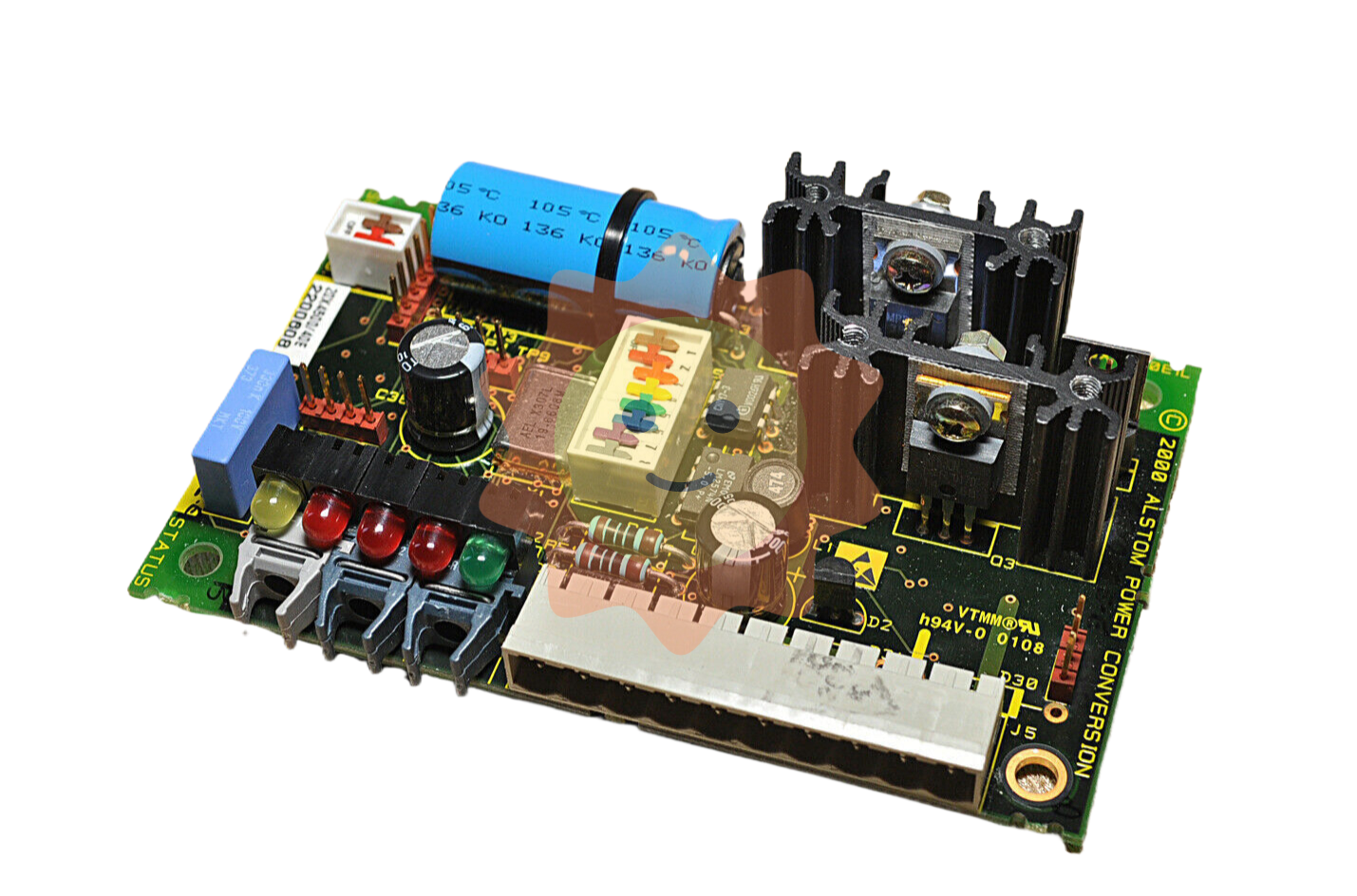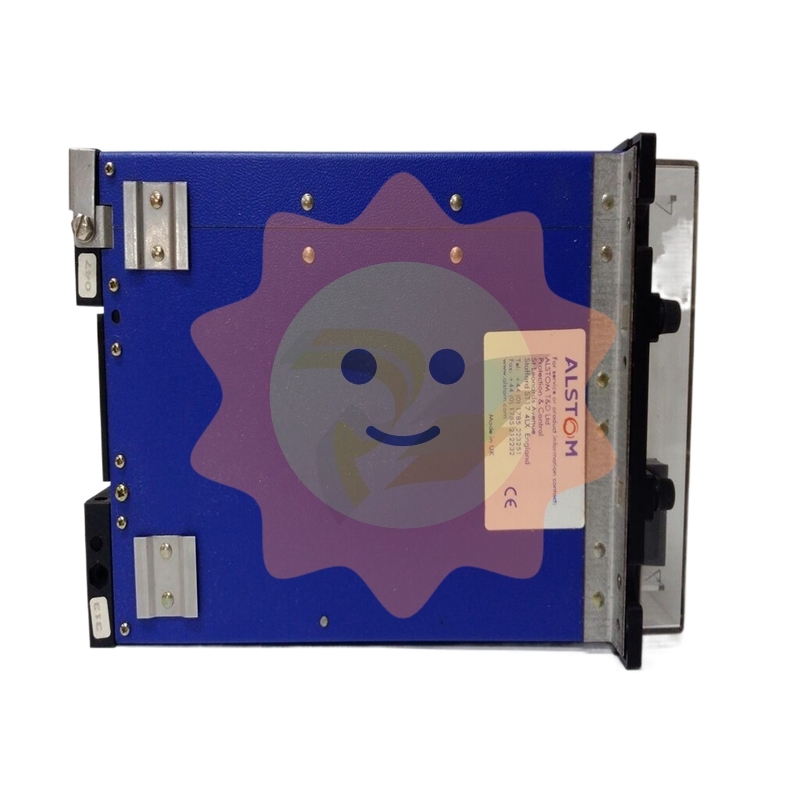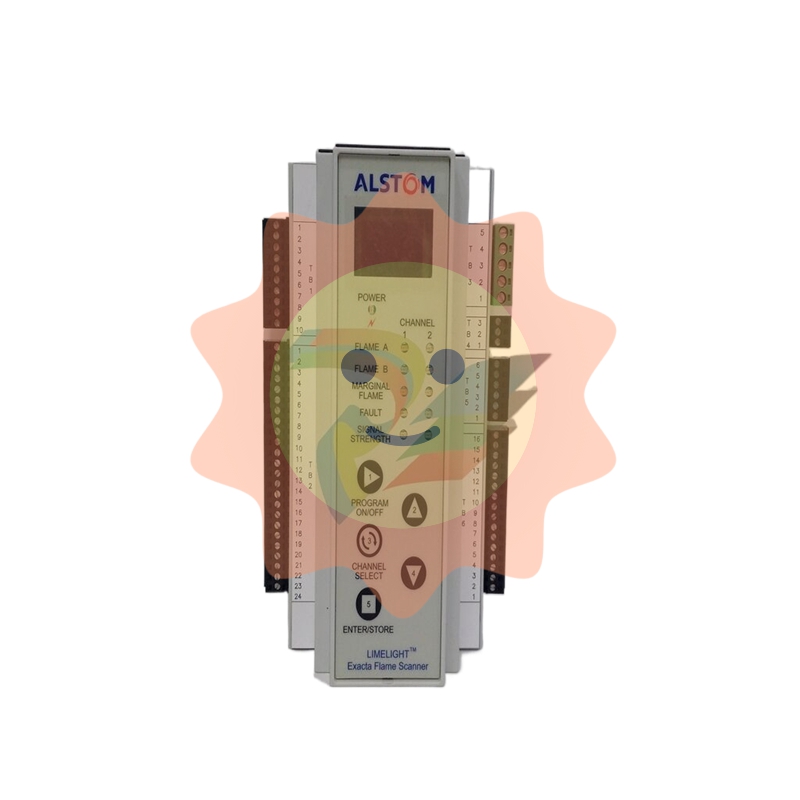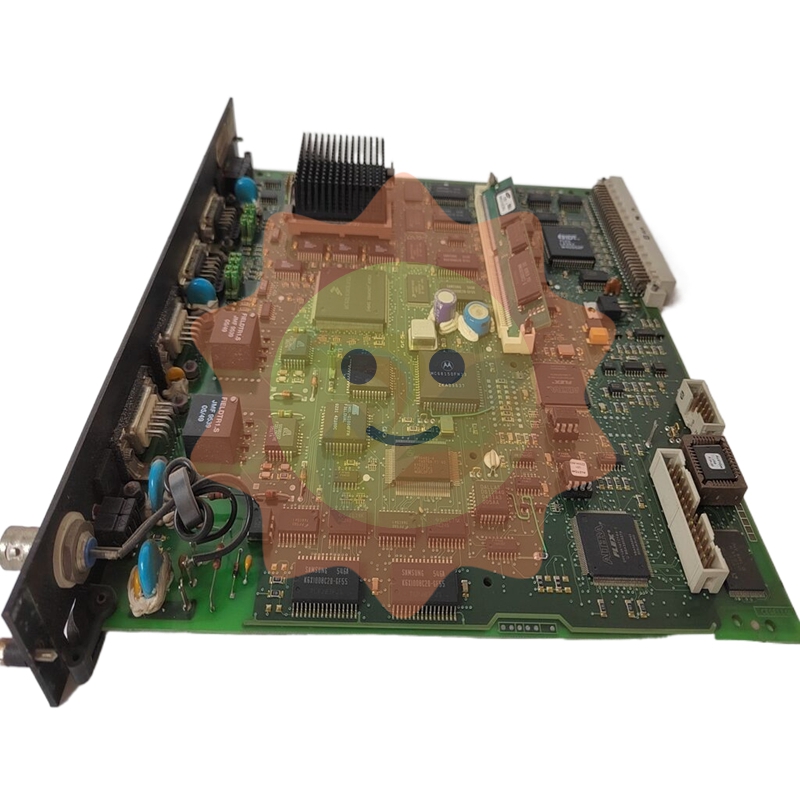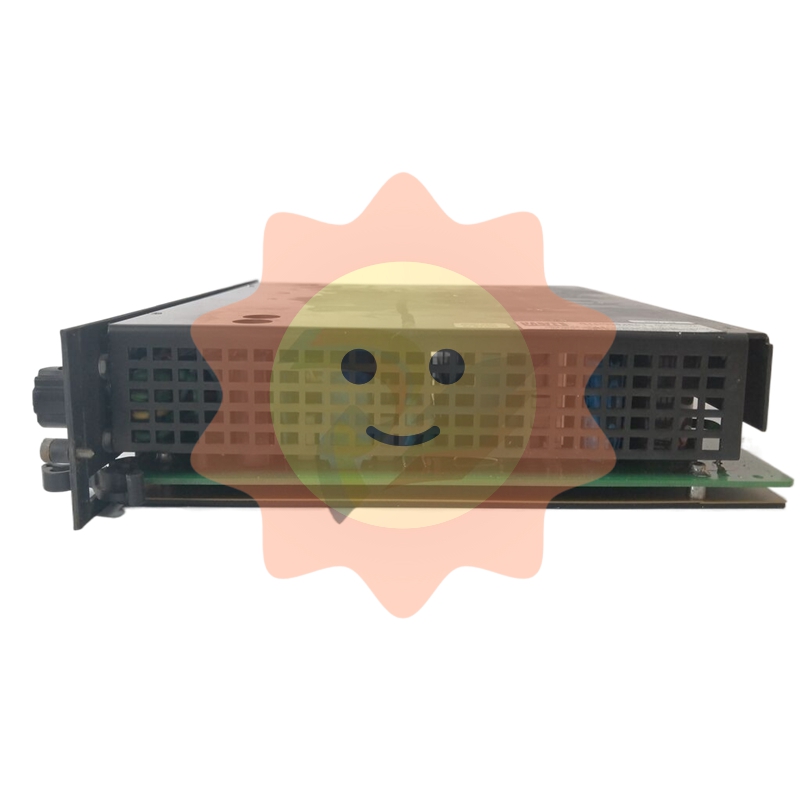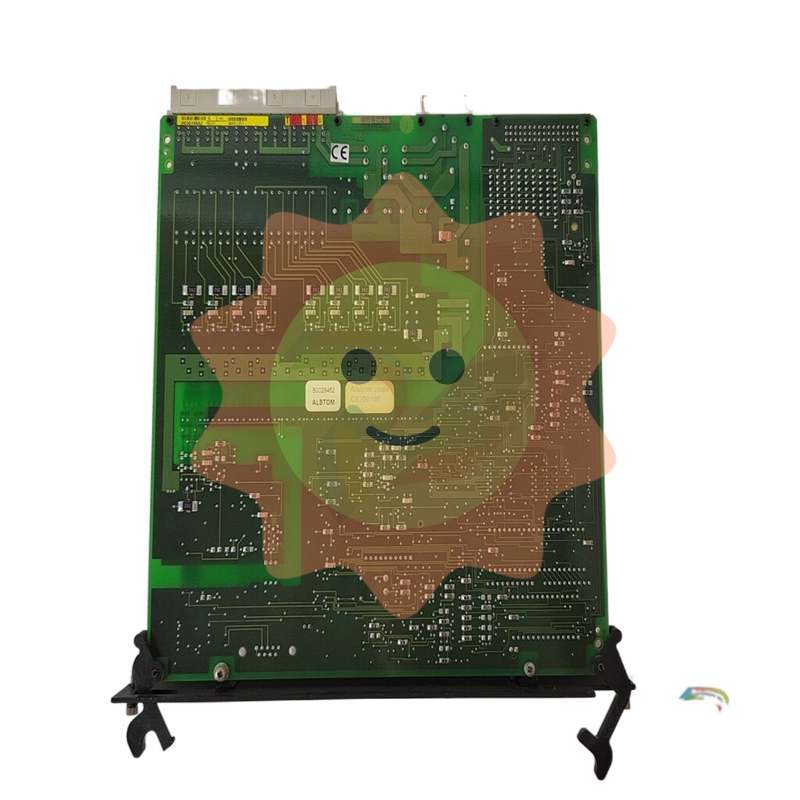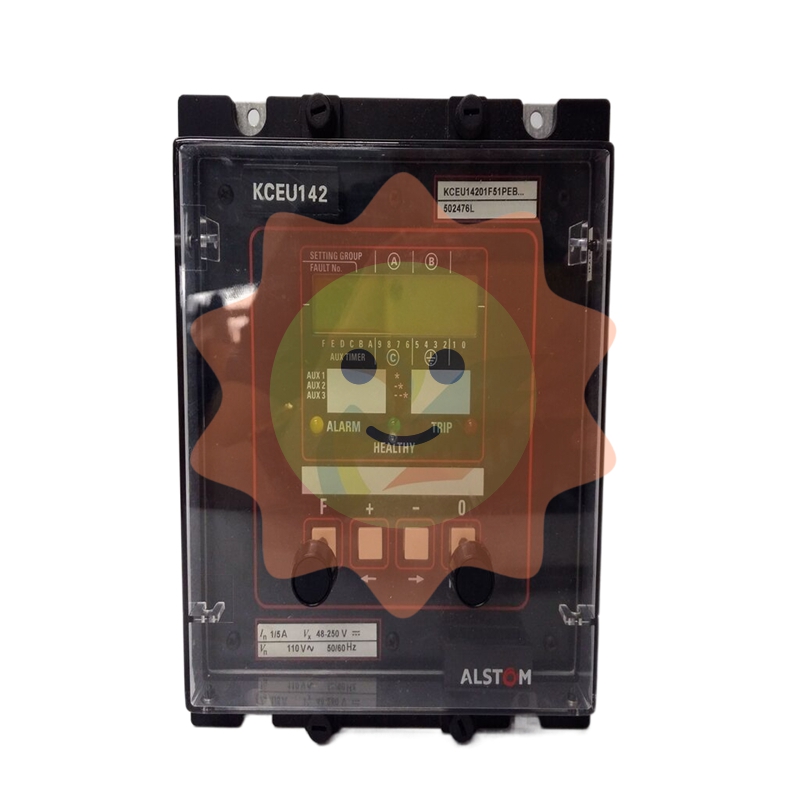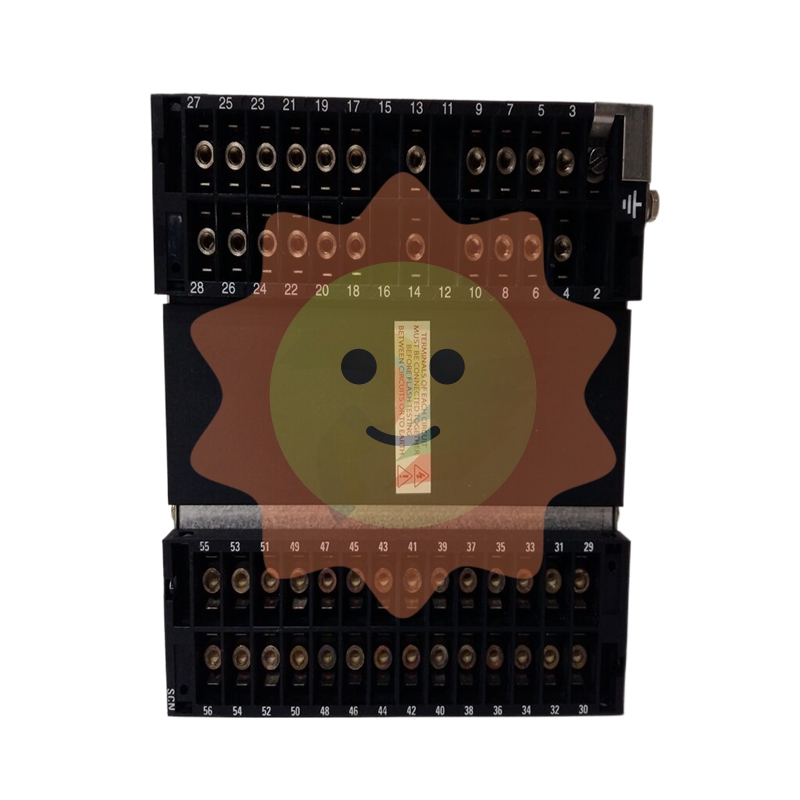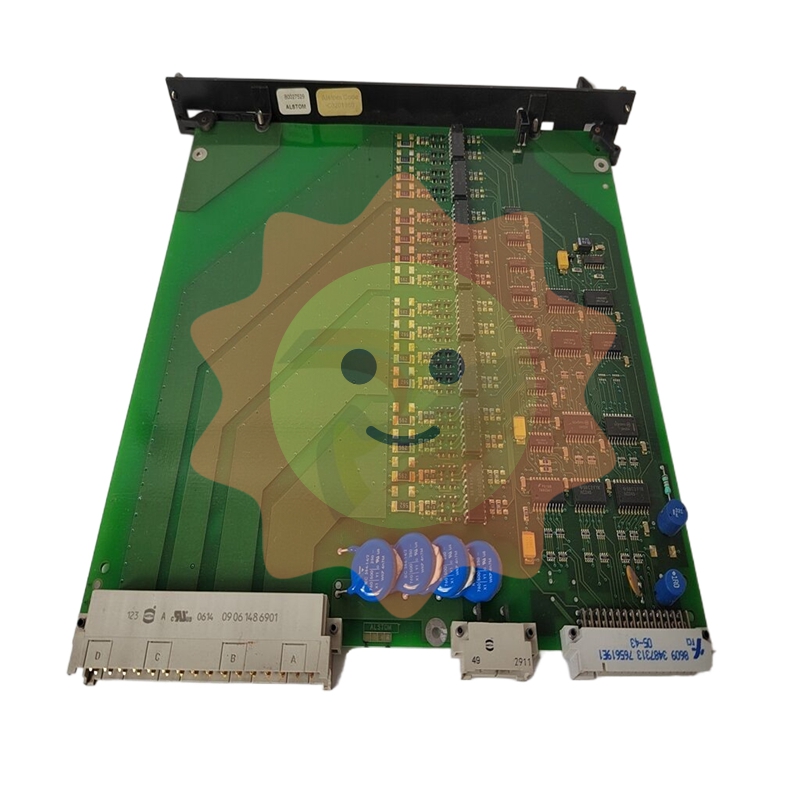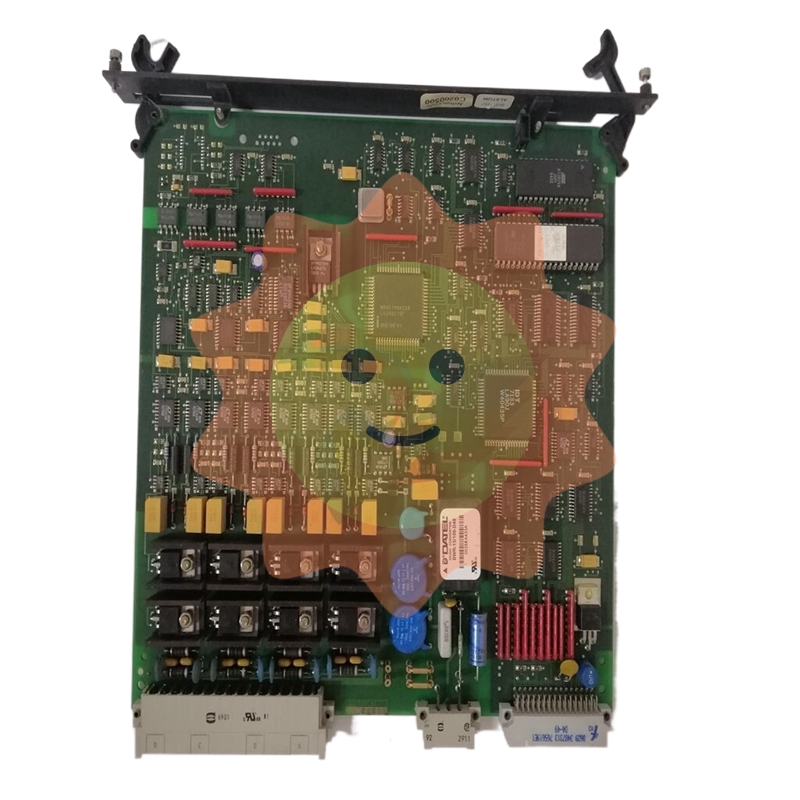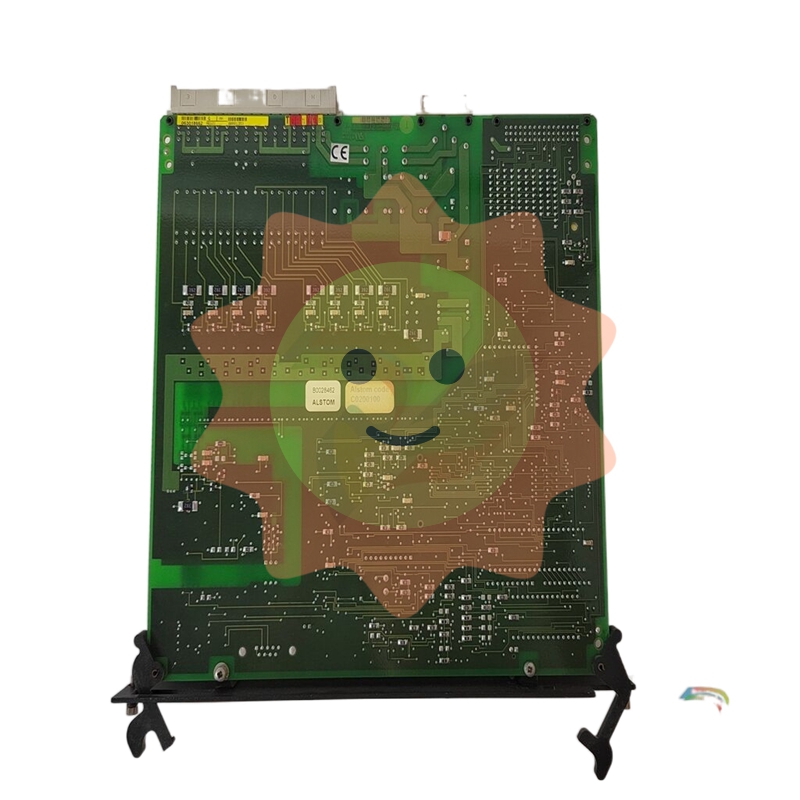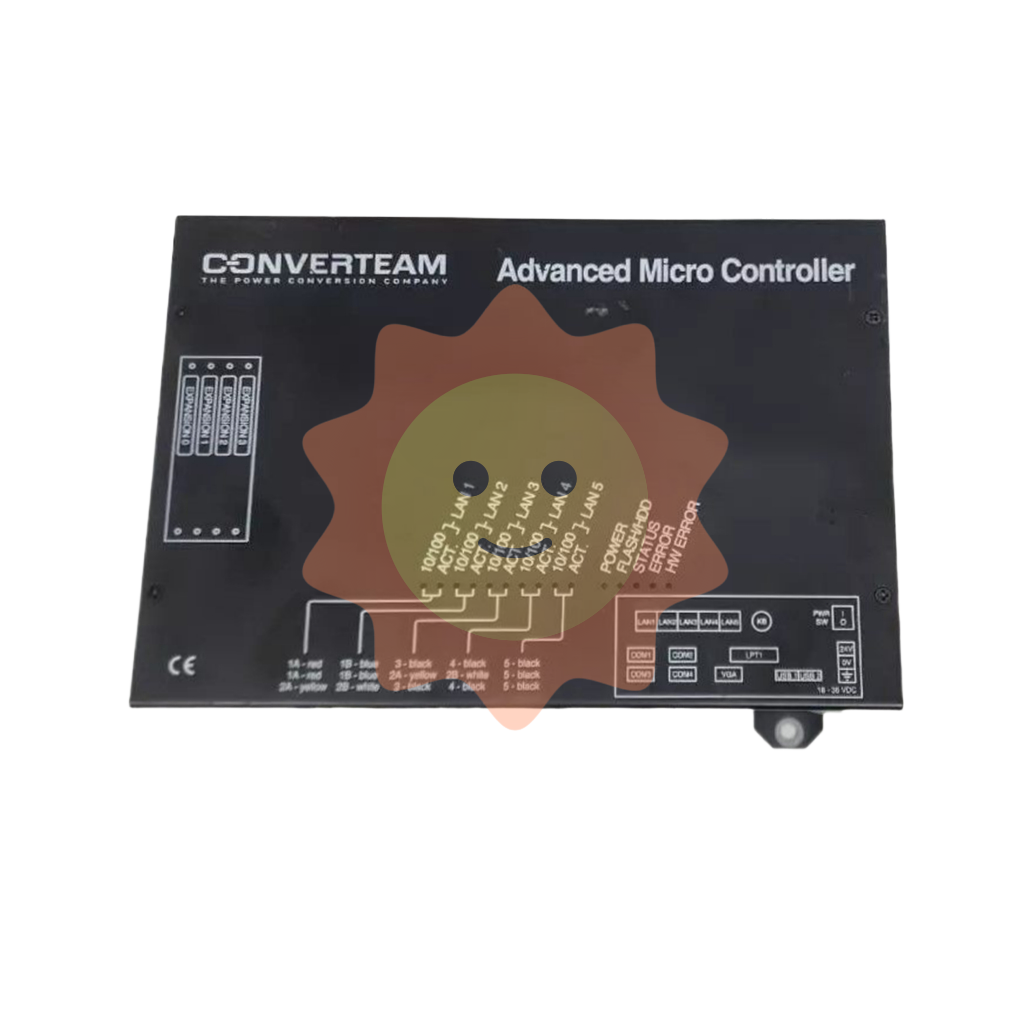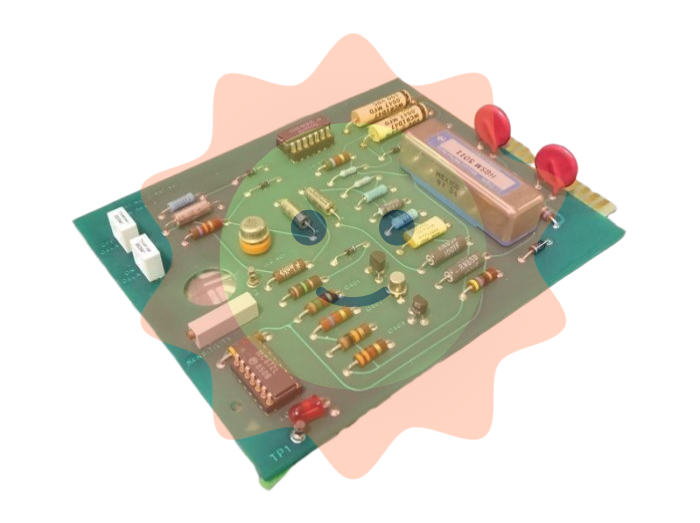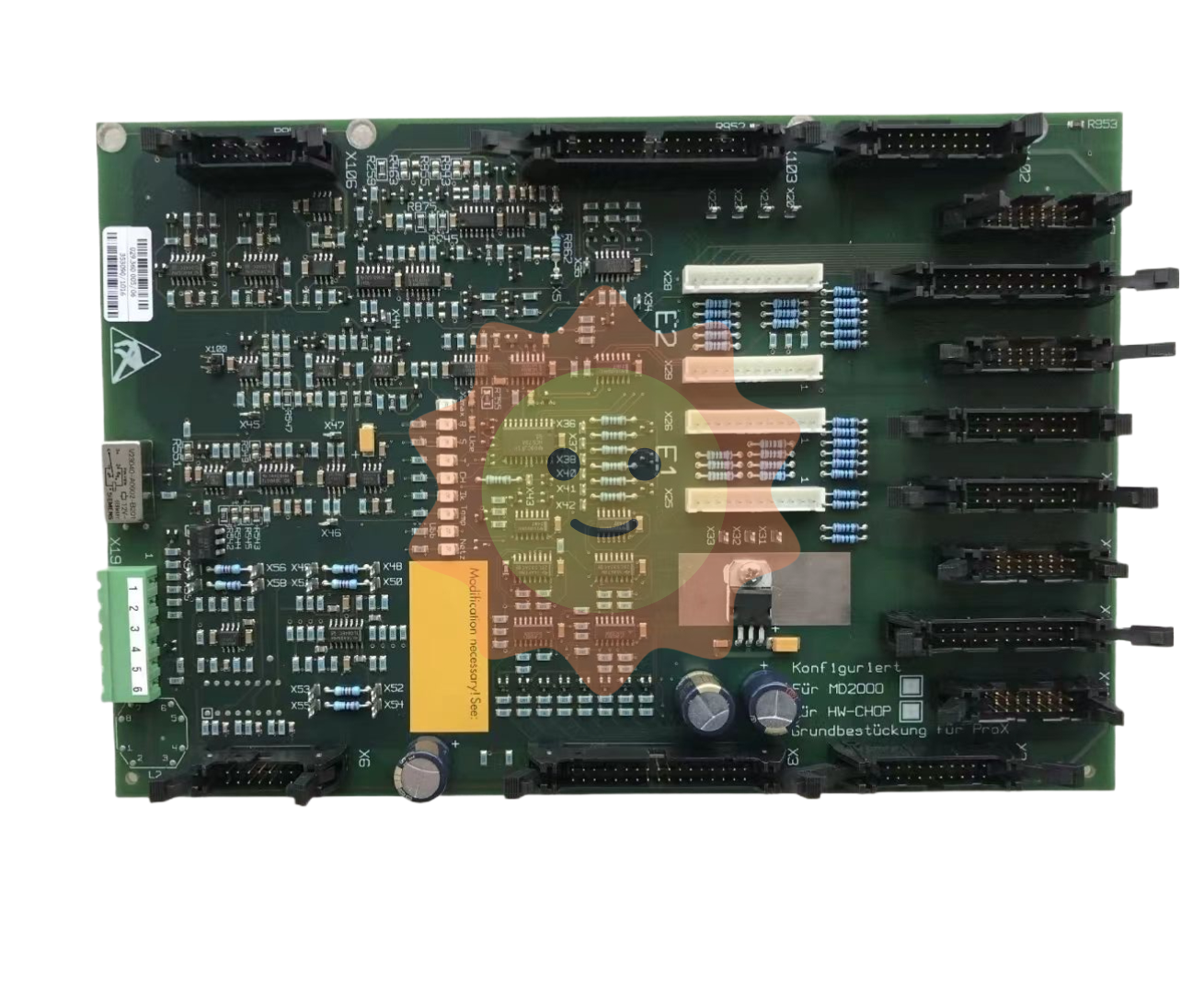Present situation and suggestion of comprehensive utilization of metallurgical slag in China
The rapid development of China's economy, black and non-ferrous metallurgy industry is indispensable. National Bureau of Statistics data show that in 2020, China's crude steel production of 1.06 billion tons, 10 kinds of non-ferrous metal production of 618.84 billion tons, accompanied by a large number of metallurgical solid waste. According to the statistics of the Industrial solid Waste network, in 2020, China will produce 3.787 billion tons of industrial solid waste, including 689 million tons of metallurgical slag, accounting for 18.19%, which is the third largest bulk industrial solid waste in addition to tailings and coal gangue. While the accumulation of metallurgical slag occupies a lot of land, it also brings a huge pollution risk to air, soil and water resources, resulting in heavy environmental burden. Under the background of "double carbon", it is urgent to strengthen the comprehensive utilization of metallurgical slag.
1. Classification of metallurgical slag
Metallurgical slag is a variety of solid waste produced in the process of metallurgical industry production, mainly including iron and steel metallurgical slag (blast furnace slag, steel slag, ferroalloy slag, iron and steel dust mud, etc.), non-ferrous smelting slag (copper slag, lead slag, zinc slag, magnesium slag, etc.), electrolytic manganese slag and red mud, this article is collectively referred to as metallurgical slag. Due to the huge amount of red mud produced, only the first three kinds of smelting slag are discussed in this paper.
Blast-furnace slag is a porous and amorphous silicate molten by-product produced in the process of ironmaking in blast furnace. The main components are Ca0, Mg0, Si02 and Al2O3, which is similar to natural ore and has potential chemical activity. Steel slag is a molten solid waste produced in the process of steelmaking, which has complex chemical composition and great fluctuation. Meanwhile, due to the existence of free calcium oxide and free magnesium oxide, its stability is poor, which brings great difficulty to its comprehensive utilization. Iron dust and mud is a solid waste containing iron produced in the whole process of smelting and rolling of iron and steel, and contains unequal amounts of valuable metal zinc.

There are many kinds of nonferrous smelting slag. Taking copper slag as an example, copper slag is a solid waste containing iron, lead and zinc produced in the process of copper smelting, which belongs to typical nonferrous smelting slag and can be divided into blast furnace smelting copper slag and reverberatory furnace smelting copper slag. Besides oxides of Ca, Mg, Si and Al, copper slag contains 20%-40% iron and a certain amount of lead and zinc. It has high comprehensive utilization value.
Electrolytic manganese slag is a black fine mushy powder waste produced in the process of electrolytic manganese sulfate production of metallic manganese. The main components are Si02 and CaSO4·2H20, and the water content is high.
2. Production and comprehensive utilization of metallurgical slag
2.1 Occurrence
In 2020, despite the impact of the new coronavirus epidemic, the production and consumption of the steel industry will remain at a high level, benefiting from relevant economic policies and downstream industries. Rising steel prices combined with the impact of multiple real estate can be released, resumed production, etc., and the national steel has shown a growth trend throughout the year. In 2020, China will produce 887 million tons of pig iron, 1.06 billion tons of crude steel, 34.196 million tons of ferroalloy, 311 million tons of blast furnace slag, 128 million tons of steel slag, 68.392 million tons of ferroalloy slag, 97.614,600 tons of iron-containing dust mud, and a total of 604 million tons of iron and steel metallurgical slag.
In 2020, the global copper market supply shortage of nearly 1.4 million tons, China's apparent consumption of copper has risen, domestic copper prices are first down and then rising, copper producers full of momentum. In 2020, the country's refined copper output will reach 0.025 million tons, of which 7.843,900 tons of mineral copper will be produced, accompanied by about 31.3758 million tons of copper slag. About 73.388 million tons of non-ferrous smelting slag were produced in the year.
At the beginning of 2020, affected by the epidemic, the domestic electrolytic manganese production enterprises have stopped production in a large area, and the output has declined, although the second quarter began to recover, the industry as a whole is still in a state of oversupply, and the price of electrolytic manganese has been going down. At the same time, the national electrolytic metal Manganese Alliance was established, the supply side reform was opened within the industry, and effective production capacity was reduced. In 2020, China's electrolytic manganese production is about 1,389,700 tons, which is lower than that in 2019, with the production of electrolytic manganese slag about 11,117,600 tons.
In summary, the total production of metallurgical slag in China in 2020 is about 689 million t, mainly based on iron and steel metallurgical slag.
2.2 Comprehensive utilization
Because the composition and content of all kinds of metallurgical slag are not the same, their comprehensive utilization methods are also different. Because of its good chemical activity, blast furnace slag can be used as high quality raw material in the production of cement or concrete products. The steel dust and mud can be reduced by rotary kiln, rotary bottom furnace and melting furnace at high temperature, and the valuable metals such as iron and zinc can be recovered effectively. The secondary waste residue obtained can be used in the production of cement and other building materials. Steel slag is a kind of industrial solid waste difficult to use in metallurgical slag due to its poor stability and easy grinding, etc. At present, the main utilization methods are iron selection of steel slag, preparation of steel slag micro-powder, road base material, etc., but due to the above reasons, the market still holds a conservative attitude towards its comprehensive utilization products.
The comprehensive utilization of non-ferrous smelting slag after extracting valuable components is more complicated, among which the main uses of copper slag are cement, sand aggregate, casting stone, road base material, etc. After pretreatment, lead and zinc slag is mainly used in pyrometallurgy or glass-ceramics production. After pretreatment, nickel slag is mainly used in the production of fiber, nickel-iron-copper alloy, microcrystalline materials, ceramic heating plate, iron oxide red, mine filling materials; Cobalt slag is mainly used to produce electrode materials; After the harmless treatment of magnesium slag, it is mainly used for the production of carbon composite binder, magnesium slag heating body, ceramic particle, cement and other building materials, or the preparation of desulfurization agent, dephosphorization agent, ceramic filter material and other environmental treatment materials. Lithium slag is mainly used for the preparation of cement, concrete and other building materials, or the production of adsorbents, chemical raw materials, 13X molecular sieve and so on.

The utilization of electrolytic manganese slag mainly involves the recovery of manganese and selenium, the preparation of fertilizer, the production of cement, active powder, the preparation of free bricks, sintered bricks, ceramic bricks, new wall, ceramics, roadbed materials, acid-resistant bricks, glass-ceramics and so on. In 2020, the comprehensive utilization of metallurgical slag is about 506 million tons, and the comprehensive utilization rate is 73.48%.
3, metallurgical slag comprehensive utilization related patents, standards and demonstration projects
3.1 Patents and Standards
The comprehensive utilization of steel slag has always been a difficult point in the comprehensive utilization of bulk industrial solid waste. In recent years, research on the comprehensive utilization of steel slag has gradually increased, and in 2020, 576 patents related to steel slag have been applied for and 299 have been authorized. The related research mainly focuses on the preparation of building materials from steel slag, the pretreatment of steel slag and the recovery of valuable components in steel slag. Among them, the University of Science and Technology Beijing has obtained 11 patents, mainly related to steel slag collaborative preparation of cementing materials, steel slag recycling iron resources and other directions; Wuhan University of Technology has obtained 9 patents, mainly related to the preparation of cement, asphalt mixture and steel slag pretreatment to improve stability and other directions; MCC Building Research Institute Co., Ltd. has obtained 9 patents, the main direction is the pretreatment of steel slag.
There are 54 metallurgical slag related standards, including 18 recommended national standards and 24 industry standards (19 ferrous metallurgy direction, 4 building materials direction, and l transportation direction); There are 12 local standards (3 in Hebei Province, 2 in Jiangxi Province, 1 in Shanxi Province, 1 in Hubei Province, 1 in Liaoning Province, 1 in Henan Province, 1 in Sichuan Province, 1 in Jiangsu Province, and 1 in Shanghai), mainly concentrated in the fields of road base materials, pavement bricks, porous bricks, cement concrete and so on.
3.2 Demonstration Project
In this paper, the comprehensive utilization of iron and steel metallurgical solid waste, such as steel dust and mud, steel slag and blast furnace slag, is illustrated.
(1) Steel dust and mud. Baowu Group Yongsteel, Shaosteel, Zhan Steel and other steel bases, as well as Jiangsu Shagang have built a number of rotary bottom furnaces, using direct reduction process to treat zinc-containing dust and mud in steel plants, to obtain zinc oxide products and DRI pellets, the treatment scale of 20 ~ 30t/a; Wuyang Iron and Steel, Xinlian Environmental Protection and other companies built a number of rotary kilns, used to recover iron and zinc resources from steel dust and mud.
(2) Steel slag. Jiangsu Yongsteel Group Co., Ltd. built a 3D printing construction production line, using steel slag as 3D printing building "ink" raw material to prepare new building materials; Shanxi Jianlong Industrial Co., Ltd. annual output of 600,000 m2 road brick production line, annual consumption of steel slag 320,000 t; Hasco (Tangshan) Metallurgical Materials Technology Co., Ltd. uses steel slag to prepare roadbed concrete, machine-made sand, dry mixed mortar and other materials, and consumes 1.2 million tons of steel slag annually. Taigang Resources Co., Ltd. annual output of 300,000 t new building materials raw material production line; Jintaicheng Environmental Resources Co., LTD. Hc-high-performance concrete cementing material, ultrafine slag powder production line, the annual consumption of steel slag and other solid waste 2 million tons; Shanghai Baosteel Ningbo Ziheng Co., LTD. Annual output of 300,000 t steel slag grinding powder and 600,000 t slag grinding powder production line; Bin Xin Iron and Steel Group 700,000 t/a steel slag has pressure hot quenching treatment and processing and purification production line.
(3) blast furnace slag. Weifang Special Steel Group has an annual output of 120,000 t of slag wool production line.
4, the comprehensive utilization of metallurgical slag problems
As steel slag is the most difficult metallurgical slag to use, the comprehensive utilization rate is less than 40%, this paper only takes steel slag as an example to analyze the problems existing in the comprehensive utilization industry.
(1) The use of single, comprehensive use of product standards lack. The comprehensive utilization of steel slag is mainly based on concrete admixture and road base material, and there are some problems such as single product channel and thin industrial chain. Due to low technical barriers, lack of technical specifications and standards, unstable quality, it is difficult to compete with natural products, under the same conditions, construction units still prefer natural building materials, product market acceptance is low.

(2) The level of comprehensive utilization technology needs to be improved. Steel slag has poor stability because it contains free calcium oxide and magnesium oxide. At present, the main technical ways to solve the stability problem of major iron and steel enterprises are hot stew, hot pour and other processes, but can not completely eliminate the free calcium oxide, free magnesium oxide problem. Preparation of steel slag powder from steel slag is the most important way to utilize steel slag. Due to the low level of technical equipment, lack of technical research and development capabilities and other problems, difficult grinding is still a common problem facing the industry, limiting its use in cement. Large-scale use of concrete.
(3) The development of comprehensive utilization industry lacks unified layout and regulation. The comprehensive utilization of steel slag lacks unified planning and layout, and scientific research and development, technology introduction and capital investment fail to form a scientific and reasonable operation mode. Among comprehensive utilization enterprises, large enterprises occupy the advantage or monopoly resources have cost advantages, while small enterprises are at a disadvantage in the market due to small scale, high cost and low product quality.
5. Suggestions for comprehensive utilization of metallurgical slag
China's steel industry accounts for about 15% of the country's total carbon emissions, making it the largest carbon emitting industry. The efficient utilization of iron and steel solid waste resources can reduce the consumption of primary resources, which is one of the important ways for China's iron and steel industry to implement the target task of carbon peak and carbon neutrality. In view of the existing problems of steel solid waste, the following suggestions are put forward.
(1) Establish a sound standard system to improve the market acceptance of comprehensive utilization products. Strengthen the publicity of relevant standards for the comprehensive utilization of solid waste, regularly hold relevant training, and improve the standardization awareness of industry practitioners. We will improve the formulation and amendment of relevant standards and norms for the comprehensive utilization of solid waste products and the whole process of utilization, and incorporate the goal of achieving green and low-carbon resource utilization of the comprehensive utilization of solid waste industry into the goal of ecological civilization construction for evaluation and assessment.
(2) Strengthen technology research and development to improve the comprehensive utilization level of steel slag. Strengthen the cooperation between "production, study, research and use", and actively develop advanced technology and equipment, especially in the implementation of the "carbon peak, carbon neutral" strategic deployment, improve the comprehensive utilization of metallurgical slag product categories, improve the research and development of green and low-carbon comprehensive utilization technology, reduce the secondary pollution in the comprehensive utilization process, and achieve the preparation of diversified green building materials products from metallurgical slag to fill the market gap.
(3) To carry out low-carbon development planning for the comprehensive utilization of metallurgical slag industry. Major iron and steel enterprises should pay attention to the formulation of low-carbon development plans for the comprehensive utilization of solid waste such as metallurgical slag industry, strengthen the overall planning of comprehensive utilization of solid waste, rationally layout the industrial chain, increase the investment in technology and equipment research and development, energy saving and environmental protection process facilities, and encourage existing metallurgical industrial parks and industrial parks to develop action plans to improve the comprehensive utilization of metallurgical slag. Further improve the comprehensive utilization level of metallurgical slag.
- EMERSON
- Honeywell
- CTI
- Rolls-Royce
- General Electric
- Woodward
- Yaskawa
- xYCOM
- Motorola
- Siemens
- Rockwell
- ABB
- B&R
- HIMA
- Construction site
- electricity
- Automobile market
- PLC
- DCS
- Motor drivers
- VSD
- Implications
- cement
- CO2
- CEM
- methane
- Artificial intelligence
- Titanic
- Solar energy
- Hydrogen fuel cell
- Hydrogen and fuel cells
- Hydrogen and oxygen fuel cells
- tyre
- Chemical fiber
- dynamo
- corpuscle
- Pulp and paper
- printing
- fossil
- FANUC
- Food and beverage
- Life science
- Sewage treatment
- Personal care
- electricity
- boats
- infrastructure
- Automobile industry
- metallurgy
- Nuclear power generation
- Geothermal power generation
- Water and wastewater
- Infrastructure construction
- Mine hazard
- steel
- papermaking
- Natural gas industry
- Infrastructure construction
- Power and energy
- Rubber and plastic
- Renewable energy
- pharmacy
- mining
- Plastic industry
- Schneider
- Kongsberg
- NI
- Wind energy
- International petroleum
- International new energy network
- gas
- WATLOW
- ProSoft
- SEW
- wind
- ADVANCED
- Reliance
- YOKOGAWA
- TRICONEX
- FOXBORO
- METSO
- MAN
- Advantest
- ADVANCED
- ALSTOM
- Control Wave
- AB
- AMAT
- STUDER
- KONGSBERG
- MOTOROLA
- DANAHER MOTION
- Bentley
- Galil
- EATON
- MOLEX
- Triconex
- DEIF
- B&W


email:1583694102@qq.com
wang@kongjiangauto.com

